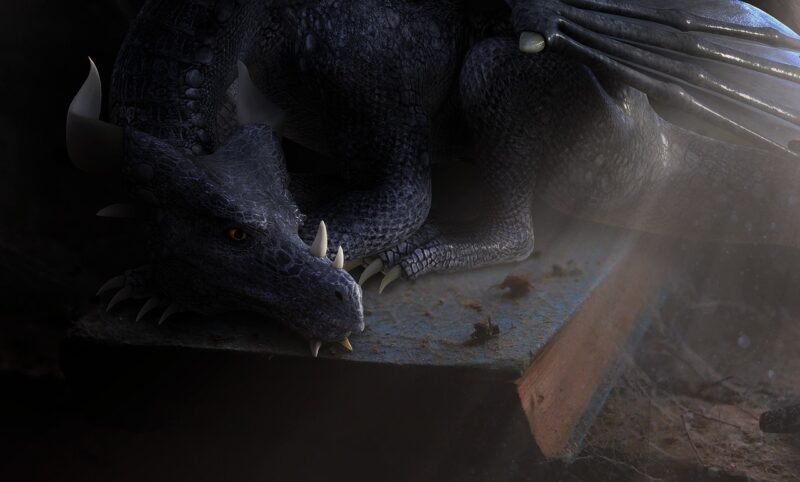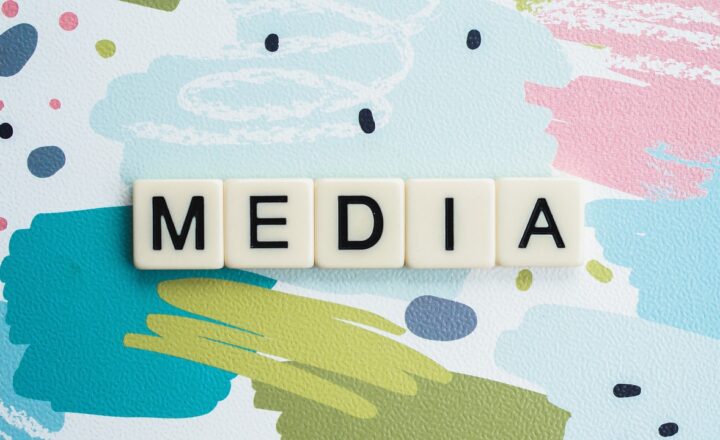How Ancient Myths and Legends About Dragons Influenced Art, Literature, and Religion Across Centuries
November 17, 2024

Dragons have been a rich source of imagination and creativity throughout human history. From ancient myths to modern literature, these mythical creatures have captivated our collective consciousness, symbolizing everything from chaos and destruction to wisdom and protection. As we delve into the intricate tapestry of dragon lore across cultures, we uncover how these legendary beasts have influenced art, literature, and religion over centuries.
1. The Nature of Dragons: Mythical Beasts with Multifold Meanings
Dragons are often depicted as powerful and majestic creatures, a manifestation of human fears and aspirations. They appear in numerous cultures worldwide, manifesting different qualities based on local beliefs:
- Western Dragons: Typically characterized as malevolent creatures that hoard treasure and embody chaos, such as Smaug from J.R.R. Tolkien’s “The Hobbit.” These dragons often battle heroic figures, symbolizing the struggle between good and evil.
- Eastern Dragons: Often depicted as benevolent and wise, these dragons are associated with water, rain, and agriculture. In Chinese mythology, the dragon is a symbol of power and good fortune, often seen as a protector of the land.
With such diverse representations, dragons reflect the complexities of human nature and our relationship with the world around us.
2. Dragons in Ancient Literature: From Myths to Modern Tales
Dragons have appeared in literature for centuries, and their representation evolved significantly across various cultures:
2.1. Early Myths and Epics
In Mesopotamian culture, dragons are depicted in the “Epic of Gilgamesh” where the dragon Humbaba guards the Cedar Forest. This early portrayal illustrates how dragons served as formidable adversaries in heroic narratives.
In Greek mythology, the dragon Ladon guards the Golden Apples of the Hesperides, symbolizing the fierce protection of treasures and virtues. Such depictions often foreshadowed mankind’s constant battle against chaos.
2.2. Medieval Literature
During the Middle Ages, dragons took center stage in Arthurian legends and chivalric tales. The slaying of dragons became a rite of passage for knights, exemplifying bravery and valor. Sir George and the Dragon became synonymous with the battle against evil, inspiring countless works of art and literature.
This literary trend established a permanent association between dragons and the struggle for righteousness, further cementing their place in Western literary heritage.
3. Artistic Representations of Dragons: A Transcendent Influence
Dragons have also been a central theme in various art movements across centuries:
3.1. Mythological Art
In ancient civilizations, artists frequently depicted dragons in sculptures and pottery. The Minoan civilization of Crete, for instance, is celebrated for its intricate frescoes showcasing dragon motifs.
Chinese art is replete with dragons, often symbolizing imperial power. Traditional Chinese brush painting captures intricate dragon designs, emphasizing their importance in cultural heritage.
3.2. Renaissance and Beyond
The Renaissance saw a resurgence of dragon imagery in European art, where they were often portrayed in biblical themes, such as the dragon in St. Michael’s fight against evil. Artists like Salvador Dalí reinterpreted dragons in modern surrealism, demonstrating their versatility and lasting impact.
Modern interpretations continue to evolve, where dragons appear in graphic novels and video games, reiterating their prevalence in contemporary culture.
4. Dragons and Religion: Guardians, Demons, and Symbols
In various religious contexts, dragons hold profound significance:
4.1. Eastern Religious Views
In Chinese mythology, dragons are associated with water deities and are embodiments of fertility and prosperity. They are revered in rituals, symbolizing bravado and nobility.
In Buddhism, dragons serve as protectors of the faith. The “Nāga” (a serpent-like dragon) is considered a guardian of sacred texts, emphasizing its dual role as both protector and challenger.
4.2. Western Religious Interpretations
Conversely, in Christian symbolism, dragons are often depicted as representations of sin or the Devil, embodying chaos and evil that must be vanquished. The Book of Revelation features a dragon representing the ultimate evil adversary, tying dragons closely with apocalyptic themes.
Such religious associations highlight humanity’s recurring use of dragons to embody complex metaphysical ideas, offering a lens through which we better understand our fears and values.
5. The Continuing Legacy of Dragons in Modern Culture
In contemporary media, dragons remain an enduring symbol:
5.1. Literature and Film
Modern literature, from J.K. Rowling’s “Harry Potter” series to George R.R. Martin’s “A Song of Ice and Fire,” showcases dragons with newfound depth—often portraying them as allies or complex characters that challenge traditional narratives. These representations blend ancient symbolism with modern storytelling, captivating new generations.
5.2. Dragons in Pop Culture
In video games, dragons are central figures, whether as enemies to conquer or as powerful allies, such as in games like “Skyrim” or “Dungeons & Dragons.” Their ongoing evolution reflects shifts in societal perceptions, interests, and imaginations surrounding these mythical creatures.
Conclusion: The Enduring Allure of Dragons
From ancient myths to modern tales, dragons continue to inspire creativity, symbolizing the eternal struggle between good and evil, chaos and order, and wisdom and destruction. Their multifaceted representation across art, literature, and religion highlights the complex nature of humanity’s relationship with the unknown. As we continue to explore these magnificent creatures in our modern narratives, we affirm that the —
「dragon remains an infinite source of inspiration and intrigue, reflecting our deepest fears, desires, and aspirations across time. In essence, the dragon is not merely a mythological being but a profound reflection of the human experience itself, reminding us of our enduring connection to the stories that shape our reality.








